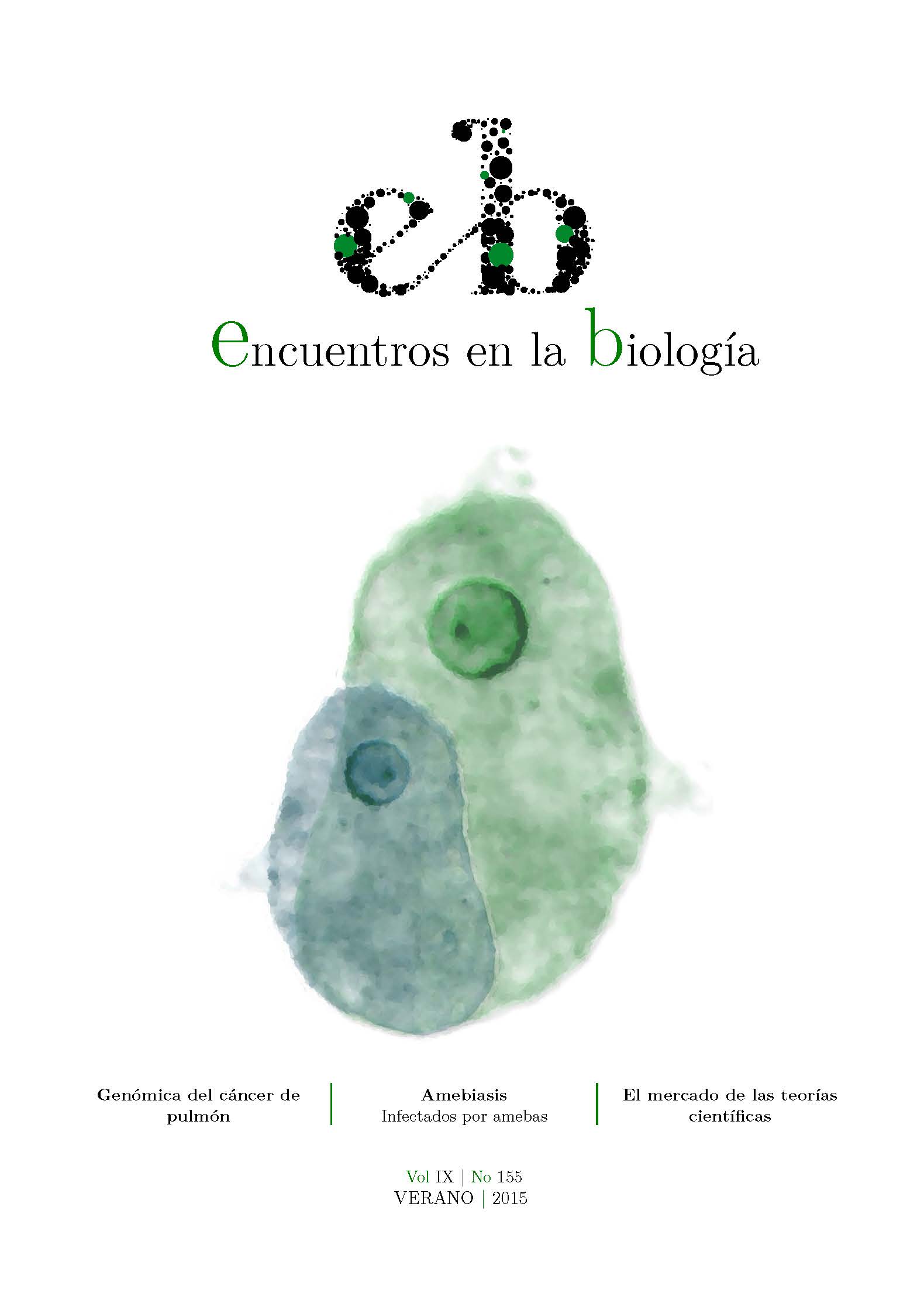The circadian clock of Arabidopsis thaliana: Plants follow the rhythm!
Keywords:
circadian clockAbstract
The circadian clock perceives the environmental changes and measures the pass of time to generate rhythms in multiple biological processes. The clock plays a key role in sessile organisms like plants that need very precise and efficient responses to the environmental changes.
Downloads
Metrics
Publication Facts
Reviewer profiles N/A
Author statements
Indexed in
-
—
- Academic society
- N/A
- Publisher
- Uma Editorial. Universidad de Málaga
References
Young, M.W., and Kay, S.A. Time zones: a comparative genetics of circadian clocks. Nat Rev Gen 2, 702-715. 2001.
Wijnen, H., and Young, M.W. Interplay of circadian clocks and metabolic rhythms. Annu Rev Genet 40, 409-448. 2006
Harmer, S.L. The circadian system in higher plants. Annu Rev Plant Biol 60, 357-377. 2009
Seo, P.J., and Mas, P. Multiple Layers of Posttranslational Regulation Refine Circadian Clock Activity in Arabidopsis. The Plant Cell Online 26, 79-87. 2014
Mas, P., and Yanovsky, M.J. Time for circadian rhythms: plants get synchronized. Curr Opin Plant Biol 12, 574-579. 2009
De Montaigu, A., Tóth, R., and Coupland, G. Plant development goes like clockwork. Trends in Genetics 26, 296-306. 2010
Downloads
Published
How to Cite
Issue
Section
License
Esta obra está bajo licencia internacional Creative Commons Reconocimiento-NoComercial-CompartirIgual 4.0.
Esta revista provee acceso libre inmediato a su contenido bajo el principio de hacer disponible gratuitamente la investigación al público. Todos los contenidos publicados en Encuentros en la Bilogía están sujetos a la licencia Creative Commons Reconocimento-NoComercia-Compartirigual 4.0 cuyo texto completo puede consultar en <http://creativecommons.org/licenses/by-nc-sa/4.0>
Se pueden copiar, usar, difundir, transmitir y exponer públicamente, siempre que:
Se cite la autoría y la fuente original de su publicación (revista, editorial y URL de la obra).
No se usen para fines comerciales.
Se mencione la existencia y especificaciones de esta licencia de uso
Los derechos de autor son de dos clases: morales y patrimoniales. Los derechos morales son prerrogativas perpetuas, irrenunciables, intransferibles, inalienables, inembargables e imprescriptibles. De acuerdo con la legislación de derechos de autor, Encuentros en la Biología reconoce y respeta el derecho moral de los autores/as, así como la titularidad del derecho patrimonial, el cual será cedido a la Universidad de Málaga para su difusión en acceso abierto. Los derechos patrimoniales, se refieren a los beneficios que se obtienen por el uso o divulgación de las obras. Encuentros en la Biología se publica en open access y queda autorizada en exclusiva para realizar o autorizar por cualquier medio el uso, distribución, divulgación, reproducción, adaptación, traducción o transformación de la obra.
Es responsabilidad de los autores/as obtener los permisos necesarios de las imágenes que están sujetas a derechos de autor.
Los autores/as cuyas contribuciones sean aceptadas para su publicación en esta revista conservarán el derecho no exclusivo de utilizar sus contribuciones con fines académicos, de investigación y educativos, incluyendo el auto-archivo o depósito en repositorios de acceso abierto de cualquier tipo.
La edición electrónica de esta revista esta editada por la Editorial de la Universidad de Málaga (UmaEditorial), siendo necesario citar la procedencia en cualquier reproducción parcial o total.


